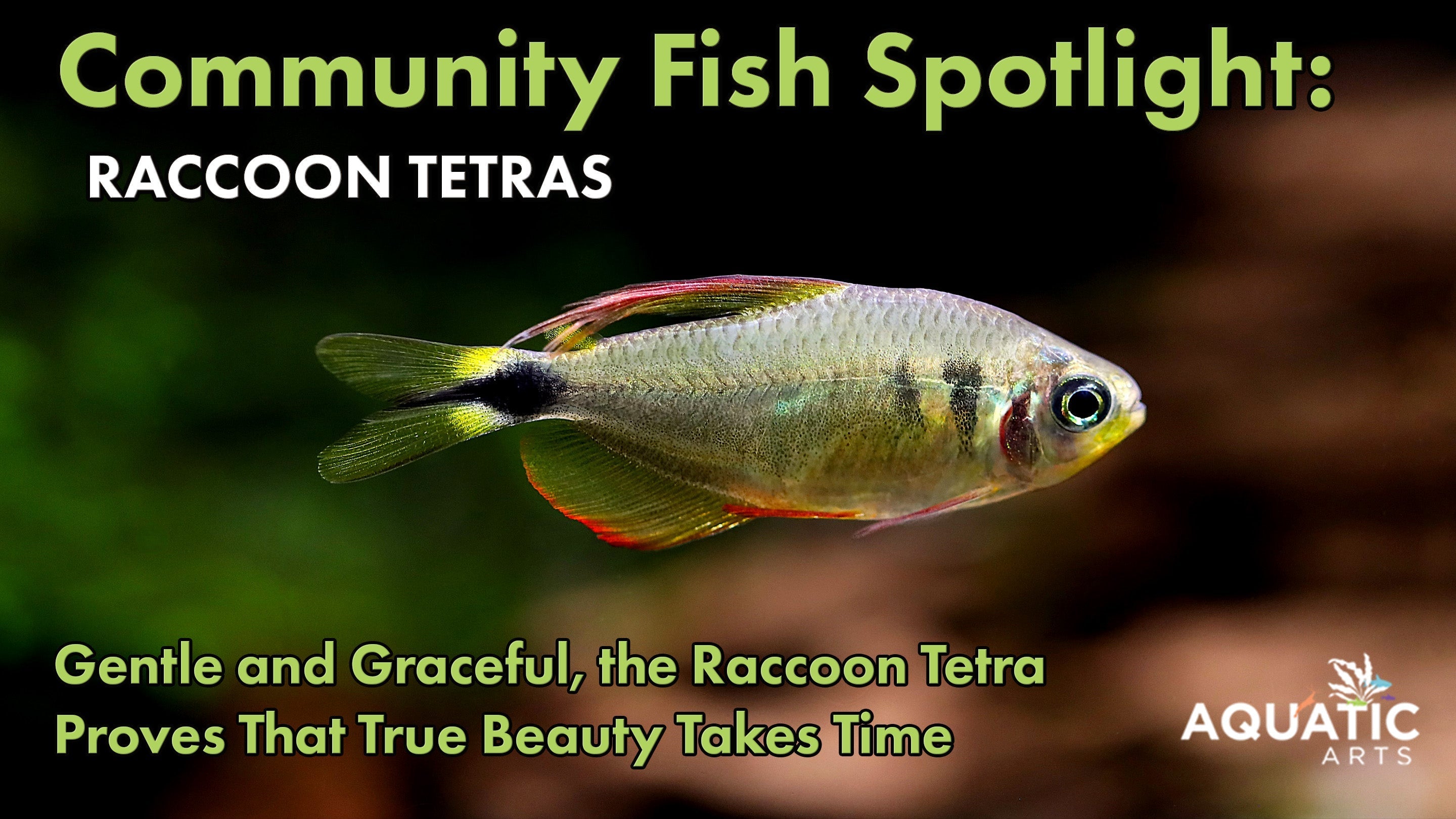Our Invert Obsession: Springtails and Isopods - Beneficial Companions for Vampire Crabs

Tiny Allies: Springtails and Isopods Enhance Vampire Crab Habitats
Introduction:
In the world of invertebrate enthusiasts, there's a special appreciation for the intricate ecosystems that thrive within the confines of a well-maintained terrarium. Among the unsung heroes of these miniature worlds are Springtails and Isopods, two tiny yet invaluable organisms that play a crucial role in maintaining the health and balance of the environment. Join us as we delve into the fascinating realm of Springtails and Isopods and discover how they serve as beneficial companions for Vampire Crabs in terrarium setups.
Springtails:
Springtails, scientifically known as Collembola, are minute arthropods renowned for their remarkable jumping ability. These tiny creatures are adept at leaping impressive distances using a unique appendage called a furcula. In the terrarium, Springtails act as diligent cleaners, tirelessly scavenging on decaying organic matter, mold, and fungi. Their presence helps prevent the buildup of detritus and ensures optimal substrate conditions for Vampire Crabs to thrive.

White Tropical Springtails (Ceratophysella sp.) are incredibly resilient creatures capable of surviving extreme conditions such as freezing temperatures and drought by entering a state of cryptobiosis, where their metabolic activity ceases until more favorable conditions return.
Isopods:
Isopods, also known as woodlice or sowbugs, are crustaceans belonging to the order Isopoda. These diminutive arthropods possess flattened bodies and segmented exoskeletons. Within terrarium environments, Isopods play a vital role in the decomposition process, breaking down organic matter into smaller particles and aiding in nutrient cycling. They also contribute to substrate aeration and promote soil health by enhancing microbial activity.

Powder Orange Isopods, like other Isopods are key players in nutrient cycling within terrarium ecosystems, as they break down organic matter into smaller particles that can be utilized by plants and other organisms, thus facilitating the recycling of nutrients.
Benefits for Vampire Crabs:
The inclusion of Springtails and Isopods in Vampire Crab enclosures offers a multitude of benefits for both the inhabitants and the habitat itself. By consuming decaying plant matter, fungi, and mold, these invertebrates help maintain a clean and healthy environment, reducing the risk of bacterial and fungal infections for the Vampire Crabs. Additionally, their constant activity promotes substrate aeration, improving soil structure and fostering plant growth.

Just like all Vampire Crabs, this Red Devil Male Vampire Crab loves to scavenge upon decomposing waste matter from plants and leave debris in the aquarium.
Naturalistic Enclosures:
Incorporating Springtails and Isopods into Vampire Crab habitats enhances the naturalistic appearance of the terrarium while simultaneously providing functional benefits. These invertebrates contribute to the complexity and realism of the ecosystem, creating a self-sustaining environment where natural processes, such as decomposition and nutrient cycling, are replicated on a miniature scale. The presence of Springtails and Isopods adds depth and richness to the terrarium experience, allowing aquarists to create captivating and dynamic microcosms for their Vampire Crabs.

Both Isopods and Springtails are known to exhibit fascinating social behaviors, including cooperative feeding and communication through chemical signals, which contribute to their success as efficient scavengers and decomposers in terrarium ecosystems.
Conclusion:
Springtails and Isopods serve as beneficial companions for Vampire Crabs, contributing to the cleanliness, health, and aesthetic appeal of their terrarium habitats. By fostering symbiotic relationships between these tiny organisms and their crustacean counterparts, aquarists can create thriving ecosystems that mimic the complexity and beauty of natural environments. Whether you're a seasoned enthusiast or a newcomer to the world of invertebrate keeping, consider harnessing the power of Springtails and Isopods to unlock the full potential of your Vampire Crab terrarium.
Q&A Section:
How many isopods and springtails do I need for a 20-gallon aquarium for Vampire Crabs?
The number of isopods and springtails needed for a 20-gallon aquarium can vary depending on factors such as the size of the enclosure, the amount of decaying organic matter present, and the population of Vampire Crabs. As a general guideline, starting with a small colony of each, such as 10-20 isopods and a few hundred springtails, should be sufficient. Monitor the population over time and adjust as needed based on the conditions of the habitat.
What species of Springtails live best with Vampire Crabs?
Species of springtails commonly found in terrarium environments, such as Folsomia candida, Dendrothrix domestica, and Collembola sp., are suitable companions for Vampire Crabs. These springtails are adaptable to a wide range of environmental conditions and can thrive alongside the crabs in the same habitat.
Do Vampire Crabs eat springtails and Isopods?
Vampire Crabs may occasionally consume springtails and isopods if they come across them while foraging, especially if they are hungry. However, these invertebrates primarily serve as beneficial companions for the crabs by aiding in substrate maintenance and nutrient cycling, rather than as a significant food source.
Do isopods or Springtails go into the water?
While isopods and springtails are primarily terrestrial organisms, they may venture into the water occasionally, especially if the habitat offers a shallow water section or if moisture levels are high. However, they are not adapted for prolonged submersion and will typically prefer to stay within the moist substrate or on land.
What is the best substrate for springtails and vampire crabs?
A substrate that retains moisture well, such as coconut fiber, sphagnum moss, or a mixture of organic potting soil and sand, is ideal for both springtails and Vampire Crabs. This substrate provides a suitable environment for burrowing and nesting while maintaining humidity levels necessary for their well-being.
Can different species of Springtails and Isopods live together with Vampire Crabs?
Yes, different species of springtails and isopods can coexist with Vampire Crabs in the same habitat, provided that the environmental conditions are suitable for all species. Mixing various species can enhance biodiversity within the terrarium and contribute to a more dynamic and resilient ecosystem. However, it's essential to monitor the population dynamics and ensure that all inhabitants are thriving harmoniously.
Aquatic Arts stands out among online stores for its unparalleled commitment to invertebrates, offering a diverse selection that includes springtails and isopods alongside vampire crabs and other essentials. With a genuine passion for invertebrates, Aquatic Arts boasts an extensive array of freshwater crabs, crayfish, snails, shrimp, and now isopods and springtails. This dedication to providing a comprehensive range of invertebrates reflects Aquatic Arts' commitment to catering to the needs and interests of enthusiasts and hobbyists alike. Whether you're a seasoned hobbyist or a newcomer, Aquatic Arts ensures that your invertebrate companions are well-cared for and readily available.




